- Description
- Additional information
- Reviews (0)
Description
🐟 Pepper Corydoras – Peaceful Bottom-Dweller with Unique Patterns 🫑🌿
Looking for a gentle, hardworking bottom-dweller to add personality and cleanliness to your freshwater tank? Meet the Pepper Corydoras (Corydoras paleatus)—a peaceful and charming catfish species known for its salt-and-pepper speckled body and endearing behavior.
These social scavengers thrive in groups, gently sifting through substrate in search of leftover food while adding subtle beauty to your aquascape.
🌟 Why Choose Pepper Corydoras?
- 🫧 Natural Tank Cleaners: Constantly active in cleaning uneaten food, helping to maintain water quality.
- 👫 Highly Social: Peaceful and happiest in groups of 5 or more.
- 🌱 Low Maintenance: Hardy and adaptable—great for beginner and community tanks.
- 🖤 Unique Look: Distinctive speckled “peppery” pattern adds character to the bottom zone.
📏 Size & Lifespan
- 🔹 Adult Size: 5 – 7 cm (2 – 2.75 inches)
- ⏳ Lifespan: 5 – 10 years with proper care
🌊 Ideal Water Parameters
- 💧 Temperature: 21°C – 24°C (70°F – 75°F)
- 💎 pH: 6.0 – 7.5
- 🌡 GH: 4 – 12
- ⚖️ KH: 2 – 10
- 💦 TDS: 100 – 200 ppm
Stable, clean water and oxygen-rich conditions are essential for their health.
🍽️ Diet & Feeding
Though excellent scavengers, Pepper Corys still need dedicated feeding:
- 🍤 Sinking pellets and wafers (carnivore or omnivore formulas)
- 🦐 Blanched veggies like zucchini or spinach (occasionally)
- 🐛 Frozen or live treats: bloodworms, brine shrimp, daphnia
Feed once or twice a day. Ensure food reaches the bottom.
🧑🔧 Care Guide
Help your Pepper Corydoras thrive with these essential care tips:
| Care Aspect | Recommendation |
|---|---|
| ✅ Tank Size | Minimum 60L; more space preferred for groups |
| 🧽 Filtration | Gentle flow with high oxygenation |
| 🌿 Substrate | Soft sand or fine gravel to protect sensitive barbels |
| 🌱 Decor | Plants, driftwood, and hiding spaces recommended |
| 💡 Lighting | Moderate; not too bright |
| 🔄 Maintenance | Weekly 20% water changes and substrate vacuuming |
🤝 Compatible Tank Mates
Pepper Corydoras are peaceful and get along with many other calm species:
| ✅ Safe Tank Mates | ❌ Avoid These |
|---|---|
| 🐠 Tetras, Rasboras, Danios | 🐟 Aggressive or large predatory fish |
| 🐟 Dwarf Gouramis, Guppies | 🐠 Fin-nippers or cichlids |
| 🦐 Amano or Cherry Shrimp | 🦀 Crayfish or predatory inverts |
| 🐌 Snails, other Corydoras | 🐟 Bottom-dominating species |
💡 Pro Tips
- Always keep in groups of 5 or more—they’re very social and active when comfortable.
- Avoid sharp substrates that can injure their delicate barbels.
- Add floating plants to diffuse light and replicate their natural habitat.
- These fish may swim to the surface for air—this is normal due to their ability to breathe atmospheric oxygen.
🛍️ Perfect For:
✅ Community aquariums
✅ Planted and natural tanks
✅ Beginner and intermediate hobbyists
✅ Aquarists seeking peaceful, useful bottom-dwellers
Add charm, movement, and natural cleanup power to your aquarium with the delightful Pepper Corydoras. A schooling species that’s both functional and full of personality! 🐟🫑✨
🐟 Corydoras Mixing Compatibility Guide
✅ Best Mixed Cory Combos (Similar Size & Behavior):
| Combo | Why It Works |
|---|---|
| Bronze + Albino | Same species (C. aeneus)—they school together |
| Sterbai + Orange Venezuelan | Similar size, peaceful, warmer water tolerant |
| Panda + Julii | Close size and calm nature (cooler temp ok) |
| Sterbai + Peppered | Great mix for larger planted tanks |
| Peru Sp. + Julii | Both prefer soft, slightly acidic water |
| Bronze + Pepper | Hardy and adaptable to most conditions |
🧠 Tips for Mixing Corys:
-
✅ Keep at least 3–4 of each variant (6+ preferred per type)
-
✅ Choose species with similar temperature ranges (±2°C)
-
✅ Provide lots of hiding spots, soft substrate, and a peaceful tank
-
✅ Avoid mixing with large, aggressive bottom feeders (e.g. loaches, crayfish)
⚠️ Avoid Mixing:
| Combo | Reason |
|---|---|
| Warm-water Sterbai + Cool Panda | Big temp difference (Sterbai 25–28°C, Panda 21–23°C) |
| Tiny dwarf Corys + Large Corys | May be outcompeted or stressed |
| Wild-caught + Captive-bred | Acclimation and diet needs can differ |
💡 Best Practices:
-
Use sand substrate to protect their barbels
-
Feed sinking pellets & varied protein-rich foods
-
Perform regular water changes (20–30% weekly)
-
Keep in groups of at least 5–6 per type, or mix small groups with caution
Additional information
| Amount | Single, Group of 3 |
|---|
Only logged in customers who have purchased this product may leave a review.


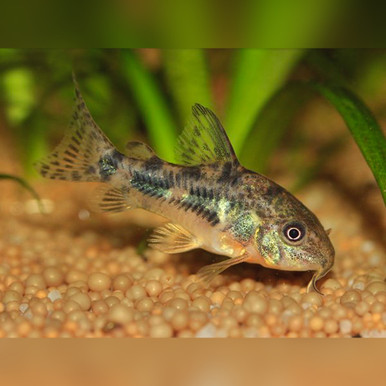
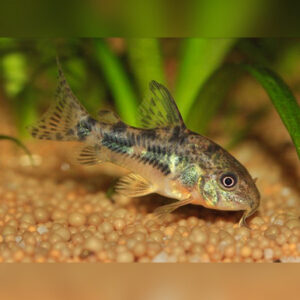
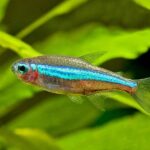
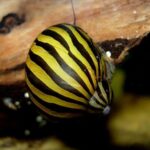
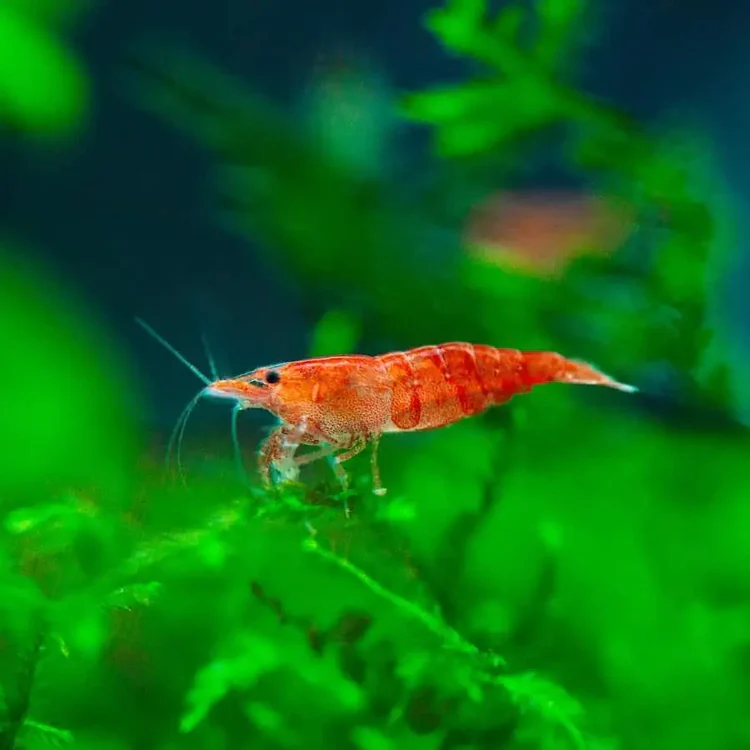
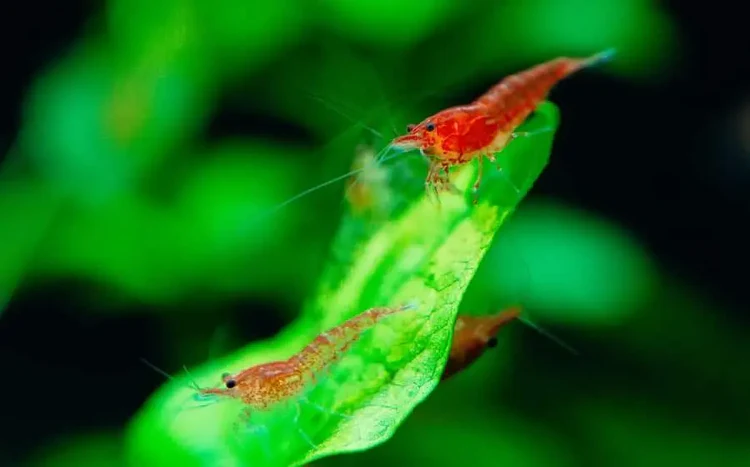
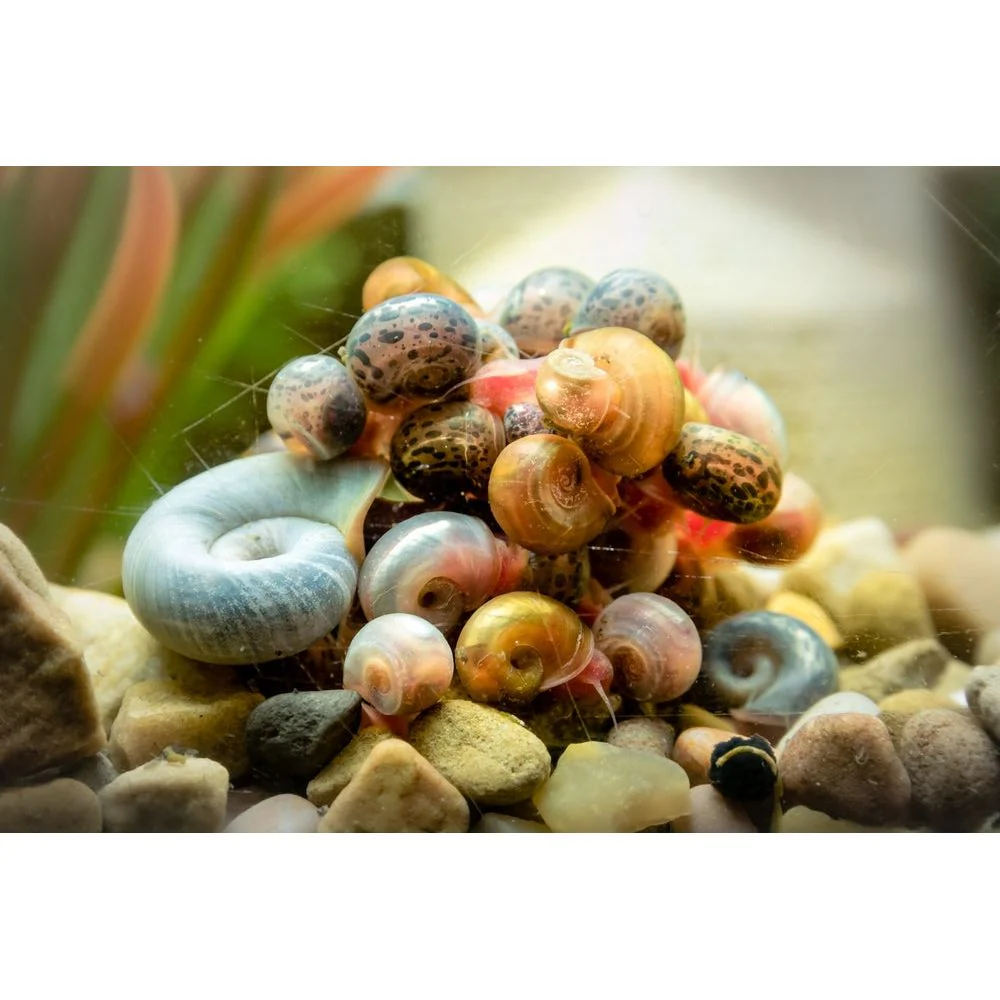
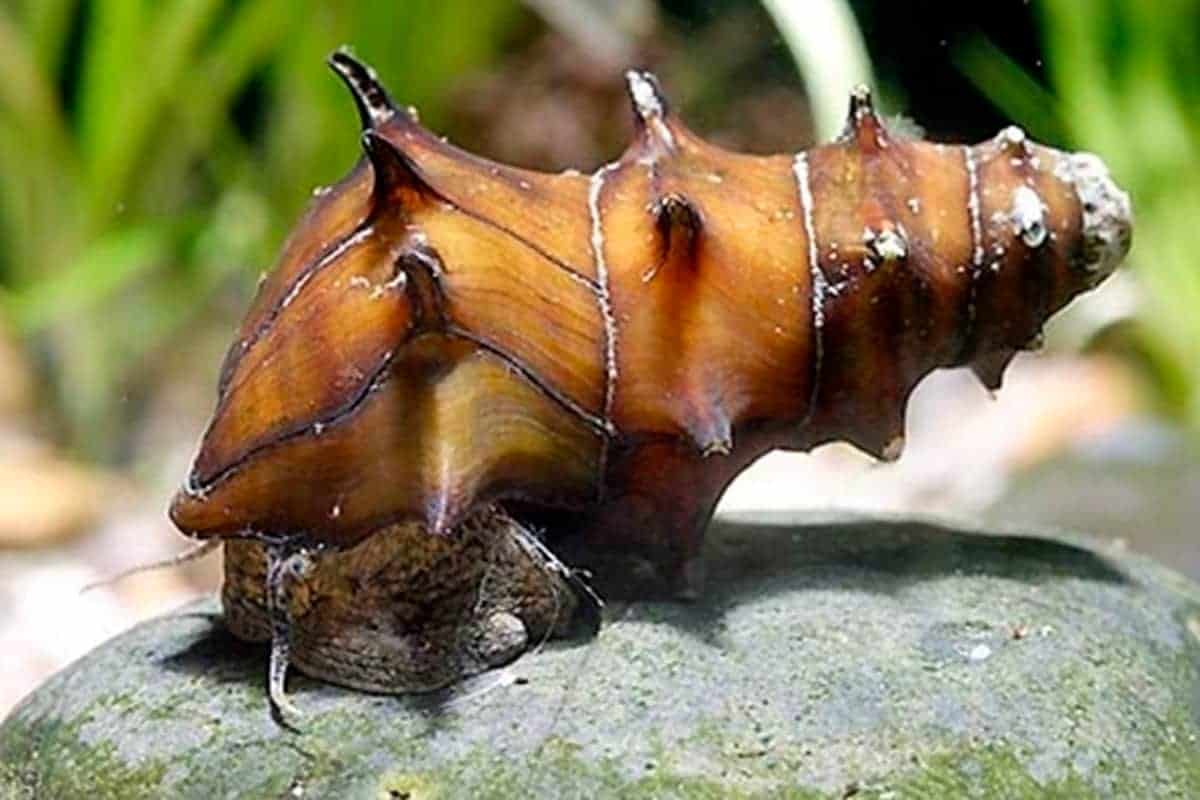
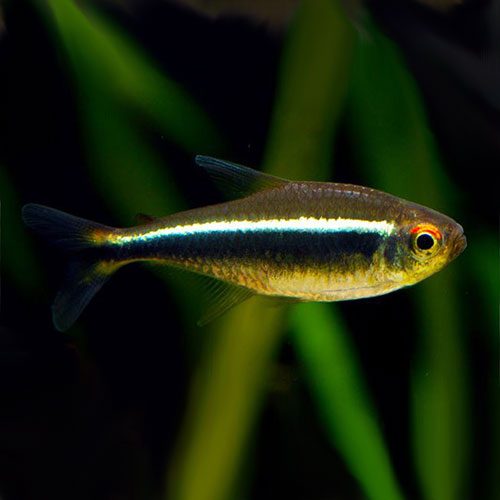
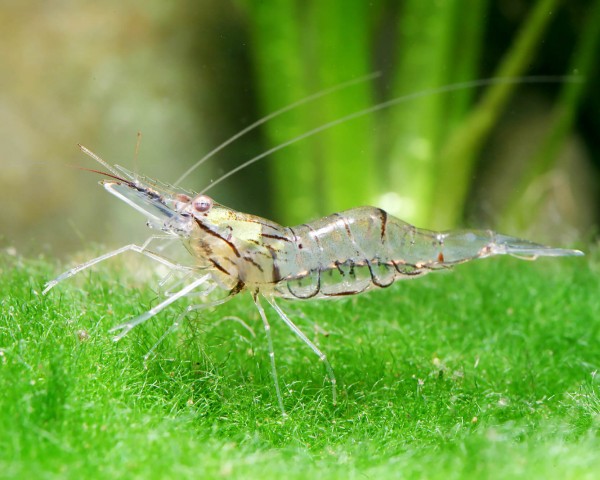
Reviews
There are no reviews yet.